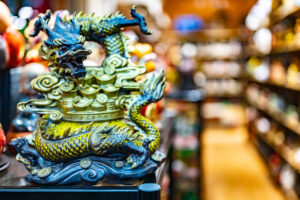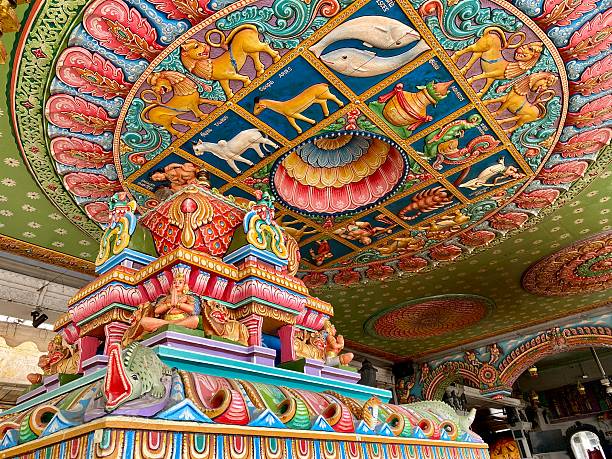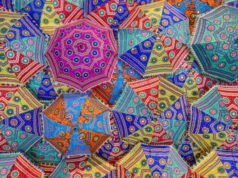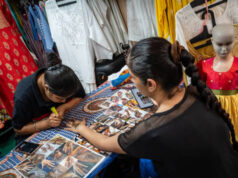The Emergence of Independent Spaces
The glossy floors of galleries and large-scale exhibitions are just a front curtain to another phenomenon of the singapore arts and culture: the independent studios. These back alley places bear tales of resilience, risk and a self-defiant adoration of artists. They are not glitzy ones. Walls are encrusted with paint spatter. Splash-spattered walls covered There are half-finished works leaning on corners. One can get the subtle scent of turpentine, clay, or sawdust in the air. But these are places abounding with energy, the energy that no white-cube gallery can imitate.

Breathe Spaces of Stories
Independent art studios are more than workplaces. They are addiction places where artists experiment and are not judged by it. Knock on one door, and you could end up finding sculptures that are assembled out of waste wood or paintings that are stacked with such a layer of paint that they look more like a landscape. Other studios are like hunts to find gold. There can be a room with the brushes, which have spent years becoming hardened, sketches tacked up on corkboards, and other objects that can take the form of future installations.
Ending Conformity With Notions
Most of these studios were formed as a necessity. Rents are high, and there are official spaces that have regulations. Independent artists were in need of a place to test things out without someone breathing down their neck. Their spaces were constructed in their own fashioned and in most cases in abandoned warehouses, second-story rooms, or scuttled shop lots. With the autonomy comes risk–risks that occasionally do not pay off but open the door to breakthroughs. The mistakes are not swept in the corner to gather dust; they are turned into building blocks on the route to more effective work.
Inside the Walls Community
Theophane might begin her studio life as a self-seclusion, but she never remains alone. The walls stretch out to encompass meeting studios, open laboratories and sleep deprivation study sessions. Such locations become micro-communities where everyone is sharing ideas. A ceramicist can be inspired by a painter. A photographer can be inspired by a printmaker, and this generates a new project. This is a self-perpetuating circle of inspirations, which does very well because it is not institutionalized.
The Mundane Coffee
As romantic as it might be, independent studios require endless toil. Rent is to be paid. Stockpiles of equipment break. Artists here tend to switch between day jobs, teaching engagements or commissions in order to make ends meet. They just cannot resist the grind. Why? The studio is what feels like an extension of their self. The very thought of leaving it behind them would be equivalent to leaving a part of themselves behind.
Studios as Time Capsules
Every studio is full of history, but not in the form of words. A space is readable through its floorboards, which are stained by years of spilled ink. You can get the feel of previous discussions in the notes that have been pinned to the walls. The tilt of a brush rack is another hint to what hands were once at work there. It is these spaces that breathed a silent life over the changing history of local art.
Out of the Private to the Platforms of the People
Surprisingly, several sovereign studios are establishing coevalness. The open-studio days allow people to visit the studio. The visitors have a chance to observe uncivilized processes–the unsophisticated, sloppy, human side of creation. Exposure to a work-in-progress alters the perception of a person about art. It also changes the emphasis from appreciating the highly finished products to one that focuses on the effort, doubts and improvisations that create them.
The Challenges that Dictate Creativity
The operation of the independent studio in Singapore is not that simple. The most modest space is only available, rents always increase and funding is always under threat. However, they usually can make creativity more acute. Artists are taught to stretch resources, re-purpose items or otherwise work in opportunities that were previously unknown to them. Shortage does not choke to death; it drives innovation. It is really like preparing a feast with the help of scraps; nobody would expect that such a feast would fall so well.
Interdisciplinary Research
Arguably one of the best features of these studios is cross-pollination. A dancer could practice in the environment of a painter. An author could even have a workstation together with a fabric designer. The result of these collisions is hybrid works that defy category. Performances occur on paintings or are firmly mounted in fabric, sound and sculpture. Independent studios are like laboratories in which the traditional boundaries are disintegrated.
The Usage of Digital Platforms
Previously the accounts of these studios remained inside their studios. Digital tools can now help to broaden their reach. Artists broadcast live painting, upload studio tours on TikTok, or sell art on Instagram. There may be a small room in Singapore that all of a sudden reaches out to collectors in Berlin and students in Melbourne. The world of new experience is closer than ever–now it all fits on a smartphone screen.
Looking Ahead
An independent art studio in Singapore can never have guarantees. Increasing costs will not disappear. Budgets will be very constrained. However, the fact that they are able to survive in their way demonstrates something critical: creativity is adaptive. They are like weeds that grow through cracks in concrete; the circumstances against them are stacked. And perhaps that is why they have their best story: the power to go on, to create, and to inspire even in the shadow of the limelight.
In a way they demonstrate to us that art does not necessarily need to be in the pristine galleries or massive museum walls. It is also present in the cluttered rooms, in the unrelenting stand, and in the comedy between tired artists in the middle of the night. That is the whole point of independent studios, and that is what makes them irreplaceable lifelines in the wider fabric of Singapore arts and culture.










